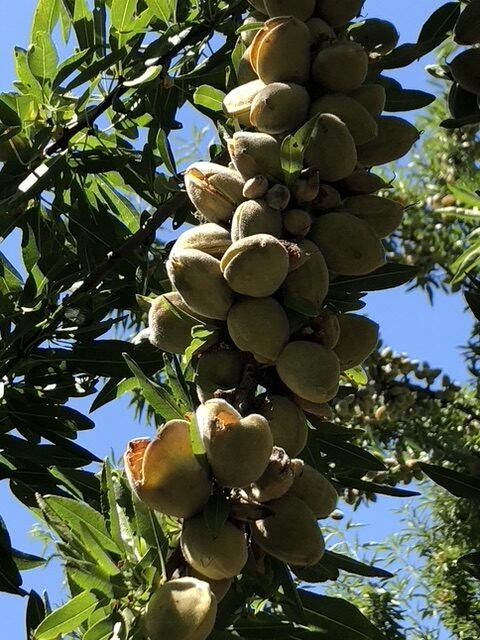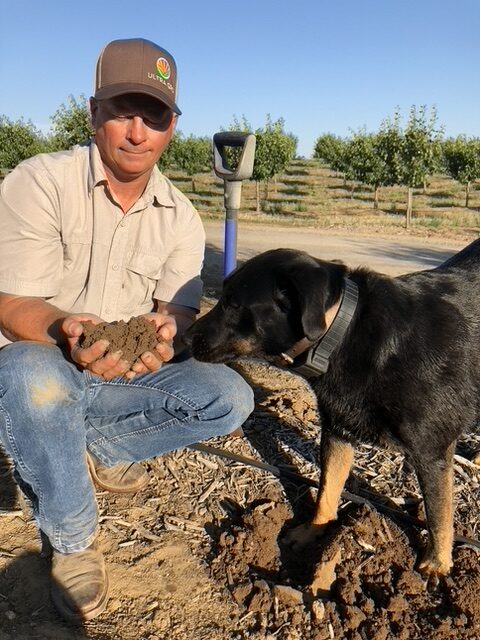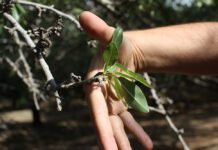
One of the greatest marketing tag lines of all time is “One size fits all!” That sure makes it easy to shop. Unfortunately, when you’re a mountain of a man like me at 5’7” and 160 pounds, a typical trucker’s hat is going to have to be cinched up like a 10-year-old wearing grandpa’s belt to keep it from falling over my ears. Farmers keep looking for the silver bullet of one-size-fits-all as well.
One of my favorite questions from my clients this time of year is, “What do you do post-harvest?” Once a detailed prescription is calculated, the diagnosis is inevitably followed by a statement like, “Well, John does this and he consistently makes 300 pounds more per acre than me.” I wish at that point I could just say, “Well then, do what John does and you don’t need me.” But of course, as consultants, we all have too much invested in our clients and their perceptions of us to just walk away and let them fend for themselves.
No Silver Bullets
There is a lot of information out there these days. Unfortunately, there are also a lot of companies trying to provide that one-size-fits-all approach to farming. Many companies have a specific product they sell and have done ample research on how it specifically works. “Three tons of this and you’re golden!” Then the rep shows up from another company that has a different nutrient or amendment they sell saying, “Ten gallons of this and you won’t believe the growth!” I will tell you as farmers, most consultants have the best intentions at heart and base their convictions on their personal experience and specific product marketing material.
Early in my career, I was guilty of this as well. I had seen products work beautifully at one farm, become immersed in my convictions that this was the silver bullet, only to have mediocre results at the neighbor’s place. It took a few years to understand you had to have more pieces of the puzzle to solve most problems. Just making recommendations based on past experiences on other farms was like playing solitaire with a deck of 51 and wondering why you can’t win.
The point is, most farmers have so much on their plate (labor, machinery, accounting, irrigation, logistics, etc.) that they don’t have the time or energy to devote additional effort to nutrition. That’s where they look to consultants to craft a program. So, how do we get the most out of our programs? Follow Reagans motto, “Trust but verify.” The trust part is the hardest.
Start with Good Information
Putting on my consultant hat, we will dig in your ground to get a soil sample. We should pull tissues at different stages of the season and see what is getting into the trees. We need to know what is coming out of your water, both well and surface deliveries if you’re lucky enough to have them. We need to adjust the nutrition with the size of the developing crop but keep it in line with the stage of growth. We need to follow the nutrient demand curves. However, we need more.
Wearing my farmer hat, we need to share with our consultants the last three (or more) years of yield data. How much did we make? What was the size and quality? How long were the irrigation sets? When did we start them? Did we adjust for ET? Do we have soil moisture probes? What did the orchard look like? Which products produced the desired responses? And most importantly, did we achieve our goals? I have had relatively new farmers be disappointed at the end of a season if yields didn’t improve over the last year, only to find out they were way above the industry standard for that particular season. Remember, Mother Nature has more to do with our crops than we do. Even when we think we have done everything perfectly, some years are going to be a bit off if “Momma” isn’t happy. But orchard health doesn’t have to suffer if the crop does.
Trust but Verify
There is abundant research available on most nutritional products in the market today. Have your consultants showed you instead of just told you? Again, trust but verify. Then, ask why. What will this product do with, or to the other nutrients you have already applied? Have we over or underapplied other products that will affect this application? Are you missing anything in your program that the current consultant doesn’t provide? Do you foliar or soil apply this nutrient? There are many calculations a consultant can make to get to an “ideal” soil constitution for your CEC. There are also many products that can help you get to that level. A good consultant will have no problem recommending other products they may not represent if it’s the right thing to do.
Farming is hard. Don’t make it harder trying to figure it all out by yourself. Trust in a good consultant. You need to know if they will go the extra mile for you if they don’t have the answers right now. Work together with them. Withholding information can lead to yields below expectations. You need a team to help you. The extra yield will more than make up for it. Even in tough years like this one, an extra 300 pounds of almonds per acre can pay for the majority of a fertility program. And 300 pounds extra per year for 25 years at even $1.75/pound is an extra $13,000 per acre. Don’t leave that out in the field. You work too hard.
Share more information with your consultants to help them make you more successful. Don’t just take a recommendation as the gospel because your neighbor does it. Trust but verify. Build your team to help you. One size won’t fit all, but make sure the one you are trying on will meet your expectations and capitalize on your efforts.
















